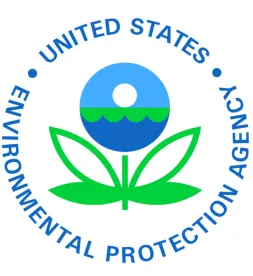In Safer Chemicals, Health Families v. EPA 943 F.3d 397 (9th Cir. 2019), in which the plaintiffs challenged the US Environmental Protection Agency’s (EPA) Toxic Substances Control Act (TSCA) risk evaluation rule, the Court referenced legislative history in underscoring TSCA’s role as a gap filling statute. TSCA was never meant to regulate “discharges, emissions, ambient air or consumer products,” either in 1976 when TSCA was first enacted, or 40 years later when it was substantively amended.
TSCA’s gap filling role underpins what has been referred to as the regulatory nexus approach to evaluating existing chemicals in which EPA’s Office of Chemical Safety and Pollution Prevention (OCSPP) tailored the scope of risk evaluations by excluding environmental exposure pathways addressed under other EPA-administered statutes or regulatory programs. Each of the initial 10 risk evaluations and the final scope documents for the 20 high priority chemicals provided a lengthy rationale for this approach, which stated in part:
In its TSCA section 6(b) risk evaluations, EPA is coordinating action on certain exposure pathways and risks falling under the jurisdiction of other EPA-administered statutes or regulatory programs. More specifically, EPA is exercising its TSCA authorities to tailor the scope of its risk evaluations, rather than focusing on environmental exposure pathways addressed under other EPA-administered statutes or regulatory programs or risks that could be eliminated or reduced to a sufficient extent by actions taken under other EPA-administered laws.
The rationale included explicit statutory text that further supported the regulatory nexus approach. Under TSCA §6(b)(4)(D): “The Administrator shall, not later than six months after the initiation of a risk evaluation, publish the scope of the risk evaluation to be conducted, including the hazards, exposures, conditions of use, and the potentially exposed or susceptible subpopulations the Administrator expects to consider….” EPA also cited TSCA §9(b)(1), which specifies that, “[t]he Administrator shall coordinate actions […] with actions taken under other Federal laws administered in whole or in part by the Administrator.” The word “actions” was interpreted broadly by EPA to include both risk evaluation and risk management. But that was then. What is the current state of the regulatory nexus approach under new EPA leadership?
At an October 27, 2021, oversight hearing on TSCA implementation by the House Energy and Commerce Committee, Dr. Freedhoff, Assistant Administrator for OCSPP readily acknowledged in written testimony that “TSCA is not intended to substitute for laws like the Clean Air Act or the Safe Drinking Water Act.” But in that same sentence, she pivoted to state emphatically “TSCA does require us to assess exposures that occur when people breath air or drink water that contains the chemical substance being evaluated.”
Scope documents issued by OCSPP further confirm Dr. Freedhoff’s testimony. Previous scope documents included a section on exposure pathways and risks addressed by other EPA administered statutes. More recent scope documents, however, including for example on DINP, do not include that section.
It would appear that regulatory nexus, at least in the risk evaluation context, is dead. But might it resurface in risk management rulemaking? That remains to be seen. We will need to wait for OCSPP to propose a chemical specific risk management rule to assess whether EPA embraces regulatory nexus, by deferring to other statutes or EPA programs to manage risks that have been identified in the chemical specific risk evaluation.




 />i
/>i

